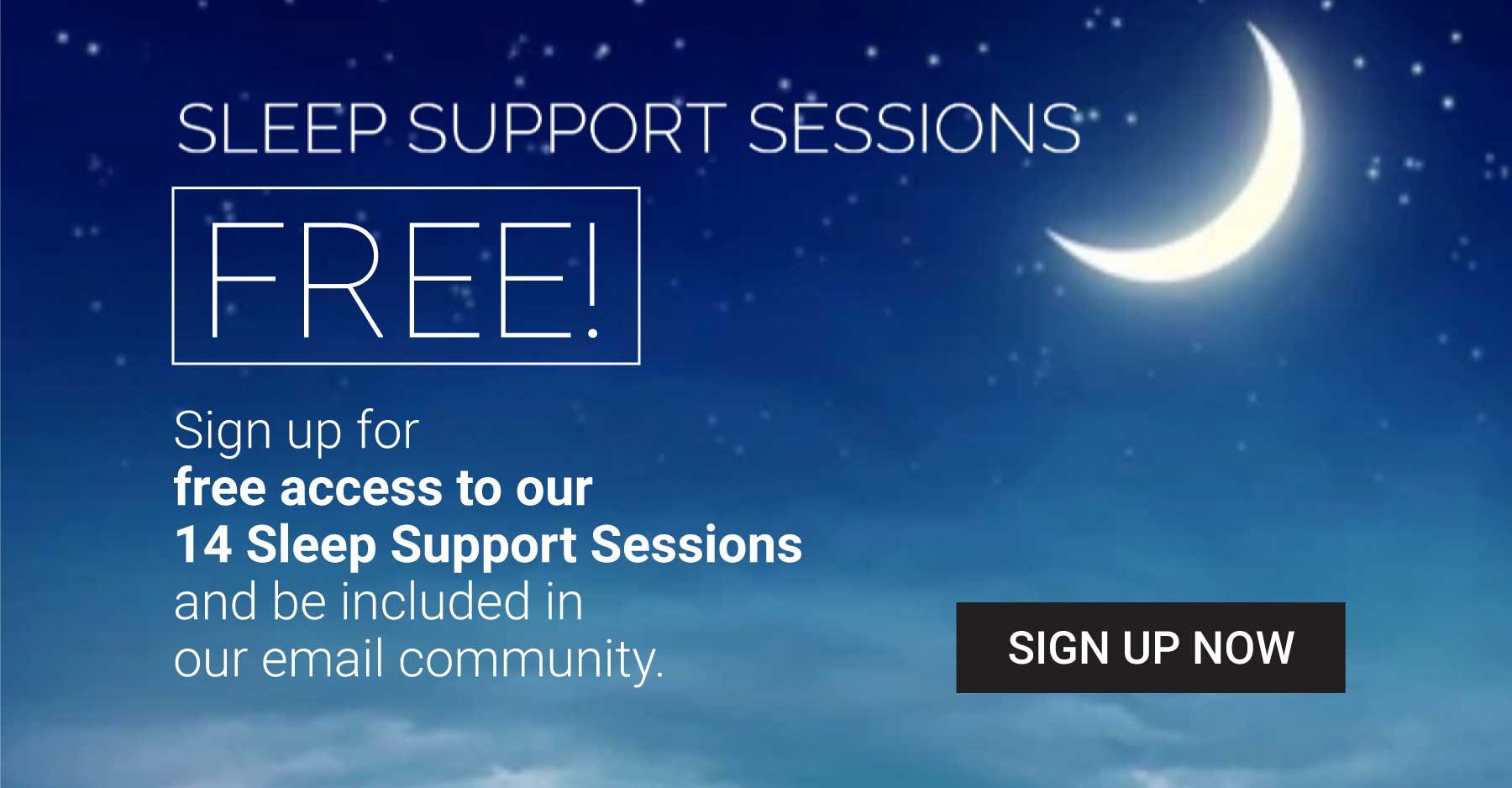5 Tips to Alleviate Back Pain & Schedule Update
/Schedule Change
Starting next week on Tuesday October 15, Yoga Flow will run at 6:15pm (please note that the Monday class will no longer run due to this change).
October Punch Pass Special!
FALL 10 PASS: $140 (includes GST)- expires 2 months from date of purchase
5 Tips to Alleviate Back Pain
You can find these movements/exercises and poses in many of our classes. Join us to learn how to set them up correctly for yourself and in the best order/sequence to obtain the most benefits.
1. If you sit at a desk, drive a lot or do a lot of forward bending throughout the day, using backbending can be a great way to counterbalance the forward movement and can support your lumbar curve. With too much forward bending, the lower back can feel tight and weak. A backbend like sphinx pose in a yin class is a great support and more active backbends like cobra, full locust or a deeper expression like upward facing dog or camel.
2. Use therapy balls to decrease tension in the lower back but also surrounding areas like the glutes, hamstrings and psoas which if too tight, can all play a part in lower back soreness and tightness. And also roll your feet! What happens in the feet effects all of the joints above them. There is a fascia line called the superficial back line that runs along the bottoms of the feet and goes all the way up the back of the legs and up both sides of the spine. When you roll your feet, it helps decrease tension in that fascia line!
3. Actively stretch your psoas! This muscle connects to the lumbar curve and runs from the front of the upper thigh and attaches to the lumbar spine so if it is too tight it can pull on the lower back. It is also important to stretch the hamstrings, groin, glutes and quadriceps.
4. If you have an area in the body that is always sore, it can mean that that area may be weak and is constantly "turned on" to try and protect itself. If no amount of stretching helps, it may be time to do some strengthening in that area.
5. Be aware of your movement patterns of walking and your posture. Stack your joints and avoid hanging your head forward. When walking, do your best to have your toes pointing straight ahead as this will dissipate the impact into the ankle, knee and hip joints and be easier on the lower back. It will also decrease uneven wear and tear on the joints. It is important to know that our joint capsules have no pain receptors so we can't tell that some of our movements on a daily basis may be doing some damage. Bones do have pain receptors so by the time we feel pain, we usually have bone on bone and the joint capsule has been damaged. If we can become more aware of how our movement patterns are effecting our body, then we can support our joints, bones and muscles so much better so they can last a lifetime!







